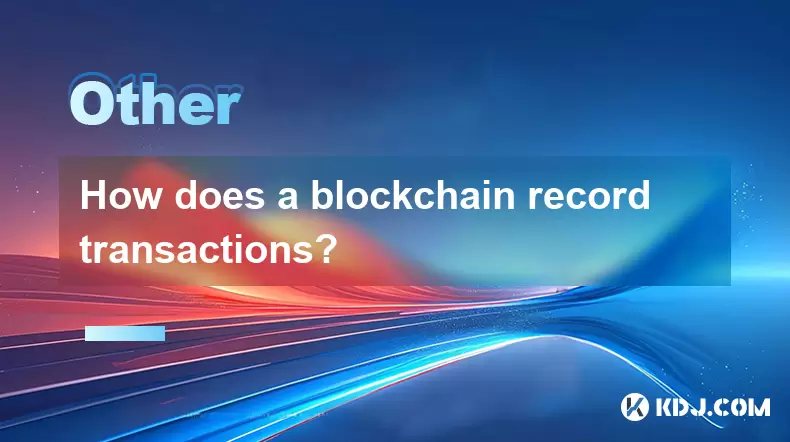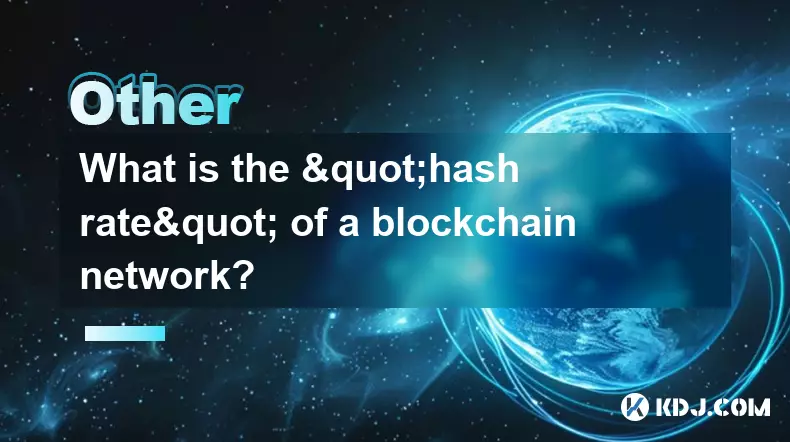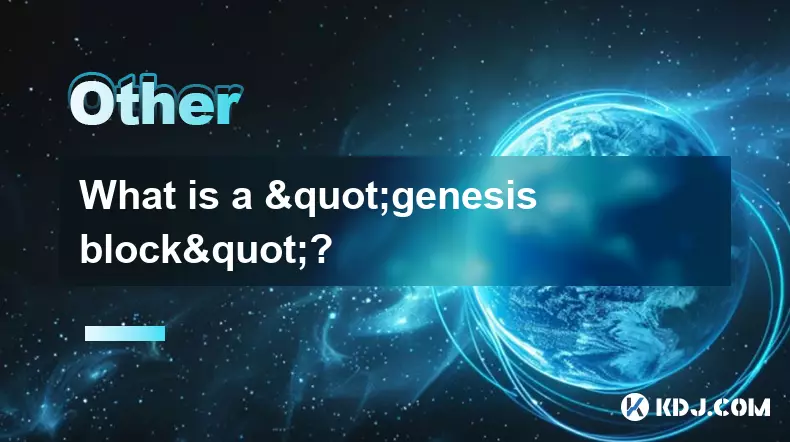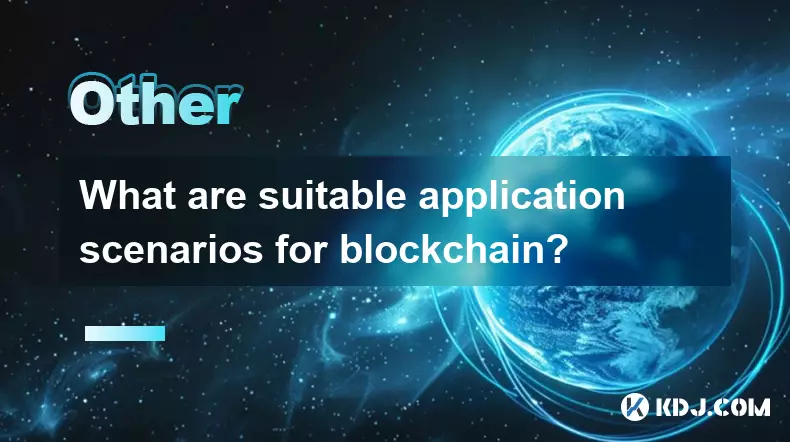-
 bitcoin
bitcoin $110311.910091 USD
1.97% -
 ethereum
ethereum $3964.172463 USD
0.34% -
 tether
tether $1.000288 USD
-0.05% -
 bnb
bnb $1098.563056 USD
-0.37% -
 xrp
xrp $2.479902 USD
4.31% -
 solana
solana $188.301025 USD
1.38% -
 usd-coin
usd-coin $0.999961 USD
0.01% -
 tron
tron $0.322477 USD
0.49% -
 dogecoin
dogecoin $0.199450 USD
2.51% -
 cardano
cardano $0.662393 USD
2.33% -
 hyperliquid
hyperliquid $37.947663 USD
1.71% -
 chainlink
chainlink $18.819081 USD
9.53% -
 ethena-usde
ethena-usde $0.999345 USD
-0.04% -
 stellar
stellar $0.323467 USD
2.06% -
 bitcoin-cash
bitcoin-cash $479.282126 USD
1.50%
How does a blockchain record transactions?
A blockchain securely records transactions in linked blocks using cryptographic hashes, ensuring immutability, decentralization, and trustless verification across a peer-to-peer network.
Aug 10, 2025 at 02:35 am

Understanding the Structure of a Blockchain
A blockchain is a decentralized digital ledger composed of blocks linked together using cryptographic principles. Each block contains a set of transactions, a timestamp, and a reference to the previous block through a cryptographic hash. This structure ensures data integrity and prevents tampering. The hash of the previous block is embedded in the current block, forming a chronological chain. If any data within a block is altered, its hash changes, breaking the chain and making the tampering evident. This interconnected design is fundamental to how transactions are securely recorded.
The block header includes metadata such as version number, timestamp, Merkle root, difficulty target, and nonce. Among these, the Merkle root plays a crucial role by summarizing all transactions in the block. It is generated by hashing pairs of transaction IDs repeatedly until a single hash remains. This allows for efficient and secure verification of whether a transaction belongs to a particular block.
Nodes in the network maintain a copy of the entire blockchain. When a new transaction occurs, it is broadcast to all participating nodes. These nodes validate the transaction based on consensus rules before including it in a new block. This decentralized validation process ensures that no single entity controls the ledger.
Transaction Initiation and Propagation
When a user initiates a cryptocurrency transaction, they sign it with their private key to prove ownership of the funds. The transaction includes the sender’s address, recipient’s address, amount, and a digital signature. This data is broadcast across the peer-to-peer network via nodes.
Each node receiving the transaction performs preliminary validation:
- Verifying the digital signature to confirm authenticity
- Ensuring the sender has sufficient balance
- Checking for double-spending attempts
- Confirming the transaction adheres to network protocols
Once validated, the transaction is placed in a pool called the mempool (memory pool), where it waits to be picked up by a miner or validator. The mempool acts as a holding area for unconfirmed transactions. Transactions with higher fees are typically prioritized, incentivizing faster inclusion in a block.
Block Formation and Mining Process
Miners or validators collect transactions from the mempool and begin forming a new block. They select transactions based on fee incentives and size constraints. The selected transactions are organized into a Merkle tree, and the resulting Merkle root is placed in the block header.
To add the block to the blockchain, miners must solve a computationally intensive puzzle known as proof of work (PoW). This involves repeatedly hashing the block header with a changing nonce value until the resulting hash meets the network’s difficulty target—a hash with a specific number of leading zeros.
The process requires substantial computational power and energy. Once a valid hash is found, the miner broadcasts the new block to the network. Other nodes verify:
- The proof of work solution
- The validity of all transactions in the block
- The correctness of the Merkle root
- The consistency of the previous block hash
If the block passes all checks, nodes append it to their copy of the blockchain.
Consensus Mechanisms and Finality
Consensus mechanisms ensure all nodes agree on the state of the blockchain. In Proof of Work (PoW) systems like Bitcoin, the longest valid chain is accepted as the truth. Nodes automatically reject blocks that do not conform to consensus rules.
In Proof of Stake (PoS) systems like Ethereum post-merge, validators are chosen to create blocks based on the amount of cryptocurrency they 'stake' as collateral. Validators propose and attest to blocks, and consensus is achieved when a supermajority agrees on the block’s validity. This reduces energy consumption compared to PoW.
Transaction finality occurs when a block is sufficiently buried under subsequent blocks. In PoW, six confirmations (six subsequent blocks) are often considered secure. In PoS, finality can be faster due to checkpoint mechanisms that lock in blocks after certain attestations.
Immutability and Security Features
Once a transaction is included in a confirmed block and multiple subsequent blocks are added, altering it becomes practically impossible. To change a transaction, an attacker would need to re-mine the targeted block and all following blocks faster than the rest of the network—a feat requiring over 50% of the network’s total computational power, known as a 51% attack.
Cryptographic hashing ensures each block is uniquely tied to its predecessor. Even a minor change in transaction data would produce a completely different hash, disrupting the chain. Digital signatures prevent unauthorized spending, as only the holder of the correct private key can authorize transactions.
Additionally, public-key cryptography allows anyone to verify transaction authenticity using the sender’s public key, without exposing sensitive information. This combination of decentralization, cryptography, and consensus creates a highly secure environment for recording transactions.
Transparency and Accessibility of Records
All transactions on a public blockchain are transparent and can be viewed by anyone using a blockchain explorer. Each transaction is associated with wallet addresses, not personal identities, offering pseudonymity. Users can trace the flow of funds from one address to another.
Nodes maintain a full copy of the blockchain, ensuring redundancy and availability. Even if some nodes go offline, the network continues operating. Light clients can access transaction data without storing the entire chain by relying on simplified payment verification (SPV), which uses block headers and Merkle proofs.
This transparency enables auditability while preserving decentralization. Organizations and individuals can independently verify transaction history without relying on a central authority.
FAQs
How are transactions verified before being added to a block?Transactions are verified by nodes using cryptographic methods. Each node checks the digital signature to ensure the sender owns the funds, confirms the sender has sufficient balance by reviewing past transactions, and ensures the transaction hasn’t been spent before (no double-spending). Only after passing these checks is the transaction added to the mempool for potential inclusion in a block.
What happens if two miners create a block at the same time?When two miners broadcast valid blocks simultaneously, the network temporarily splits into two chains. Nodes continue building on whichever block they receive first. Eventually, the chain with more cumulative proof of work (longer chain) becomes the accepted version. The other block becomes an orphan block, and transactions in it that weren’t included in the winning chain return to the mempool.
Can a recorded transaction be reversed?No, transactions on a blockchain are immutable once confirmed. There is no central authority to reverse transactions. If a transaction is sent in error, recovery depends on the recipient voluntarily returning the funds. This underscores the importance of verifying addresses and amounts before sending.
What role does the Merkle tree play in transaction recording?The Merkle tree efficiently summarizes all transactions in a block. By hashing transaction pairs recursively, it produces a single Merkle root stored in the block header. This allows quick verification of whether a specific transaction is part of the block without downloading all transactions, enhancing scalability and security.
Disclaimer:info@kdj.com
The information provided is not trading advice. kdj.com does not assume any responsibility for any investments made based on the information provided in this article. Cryptocurrencies are highly volatile and it is highly recommended that you invest with caution after thorough research!
If you believe that the content used on this website infringes your copyright, please contact us immediately (info@kdj.com) and we will delete it promptly.
- Crypto Coins: Ethereum, Solana, and the Rise of AI in 2025
- 2025-10-21 08:45:16
- TRON's Stablecoin Empire: Cross-Chain Expansion and Blockchain Innovations
- 2025-10-21 08:45:16
- Shiba Inu, AlphaPepe, Presale: The Meme Coin Evolution
- 2025-10-21 08:50:01
- Dogecoin, Whales, and Bullish Alternatives: What's the Deal?
- 2025-10-21 08:50:01
- Shohei Ohtani, World Series, and Baseball Fever: A Los Angeles Love Affair
- 2025-10-21 08:50:01
- Ethena's Expansion: New Products and Team Growth on the Horizon
- 2025-10-21 08:50:12
Related knowledge

What is the "hash rate" of a blockchain network?
Oct 10,2025 at 03:55pm
Understanding Hash Rate in Blockchain Networks1. The hash rate refers to the total computational power being used to process transactions and mine new...

What is a "genesis block"?
Oct 15,2025 at 07:55pm
Understanding the Genesis Block in CryptocurrencyThe genesis block is the very first block in a blockchain network. It serves as the foundation upon w...

Who is Satoshi Nakamoto?
Oct 15,2025 at 01:01pm
Who is Satoshi Nakamoto?1. Satoshi Nakamoto is the pseudonymous individual or group credited with creating Bitcoin, the first decentralized cryptocurr...

How does blockchain technology actually work?
Oct 11,2025 at 02:36pm
Understanding the Core Mechanism of Blockchain1. At its foundation, blockchain is a decentralized digital ledger that records transactions across mult...

What is a token economy?
Sep 20,2025 at 12:18am
Understanding the Foundations of a Token Economy1. A token economy in the context of cryptocurrency refers to a system where digital tokens are used a...

What are suitable application scenarios for blockchain?
Sep 20,2025 at 03:19am
Decentralized Finance (DeFi) Platforms1. Blockchain enables the creation of financial services without centralized intermediaries, allowing users to l...

What is the "hash rate" of a blockchain network?
Oct 10,2025 at 03:55pm
Understanding Hash Rate in Blockchain Networks1. The hash rate refers to the total computational power being used to process transactions and mine new...

What is a "genesis block"?
Oct 15,2025 at 07:55pm
Understanding the Genesis Block in CryptocurrencyThe genesis block is the very first block in a blockchain network. It serves as the foundation upon w...

Who is Satoshi Nakamoto?
Oct 15,2025 at 01:01pm
Who is Satoshi Nakamoto?1. Satoshi Nakamoto is the pseudonymous individual or group credited with creating Bitcoin, the first decentralized cryptocurr...

How does blockchain technology actually work?
Oct 11,2025 at 02:36pm
Understanding the Core Mechanism of Blockchain1. At its foundation, blockchain is a decentralized digital ledger that records transactions across mult...

What is a token economy?
Sep 20,2025 at 12:18am
Understanding the Foundations of a Token Economy1. A token economy in the context of cryptocurrency refers to a system where digital tokens are used a...

What are suitable application scenarios for blockchain?
Sep 20,2025 at 03:19am
Decentralized Finance (DeFi) Platforms1. Blockchain enables the creation of financial services without centralized intermediaries, allowing users to l...
See all articles










































































